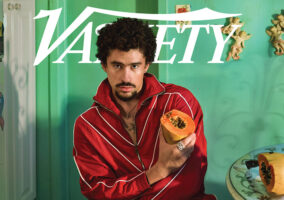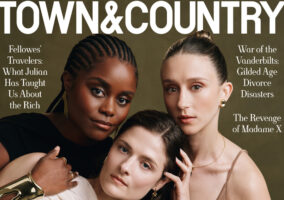ELLE speaks with “In the Heights” creator Lin-Manuel Miranda and cast members from the hotly anticipated musical, in theaters and streaming on HBO Max on June 11, who share what the original musical meant to them and why this is the movie we all need right now.
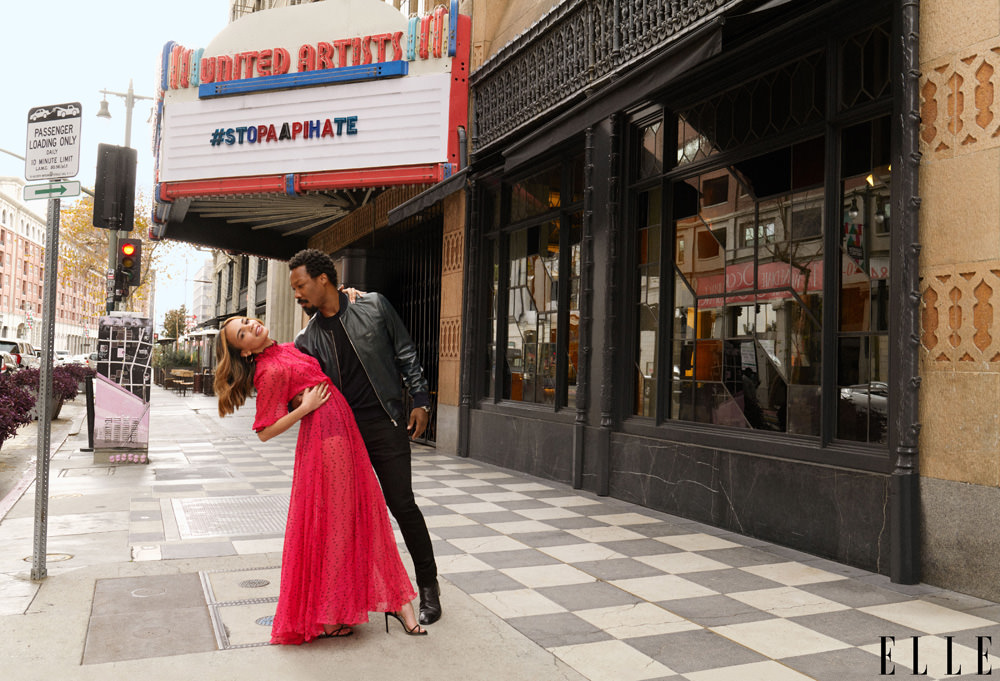
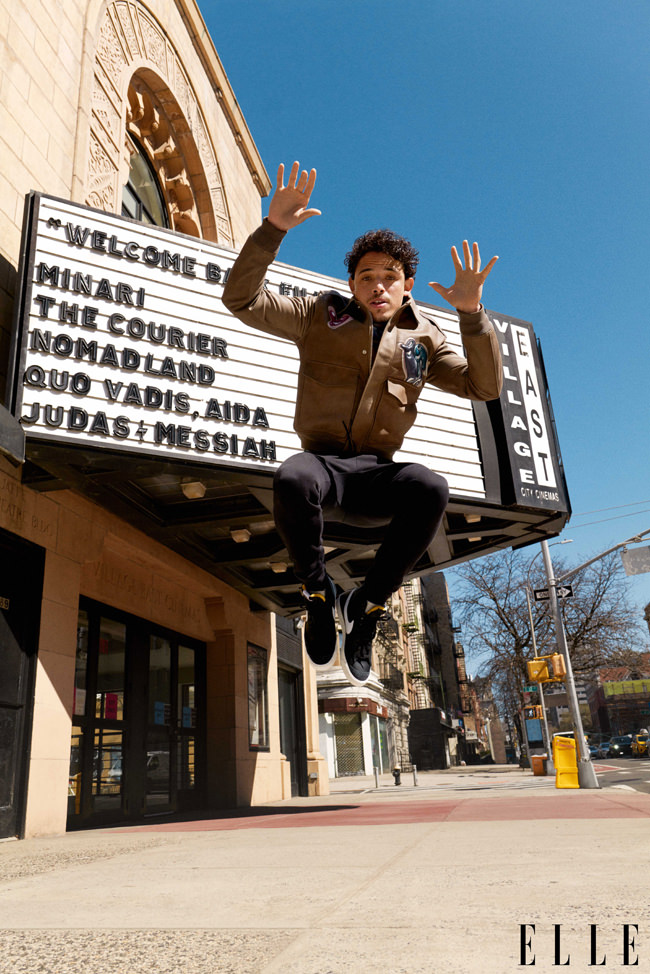
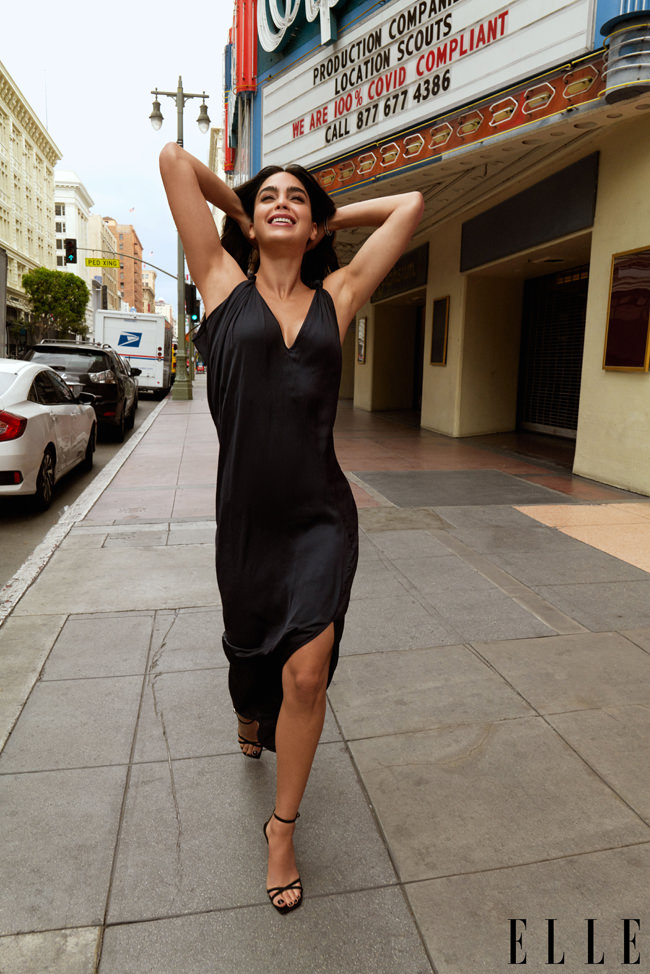
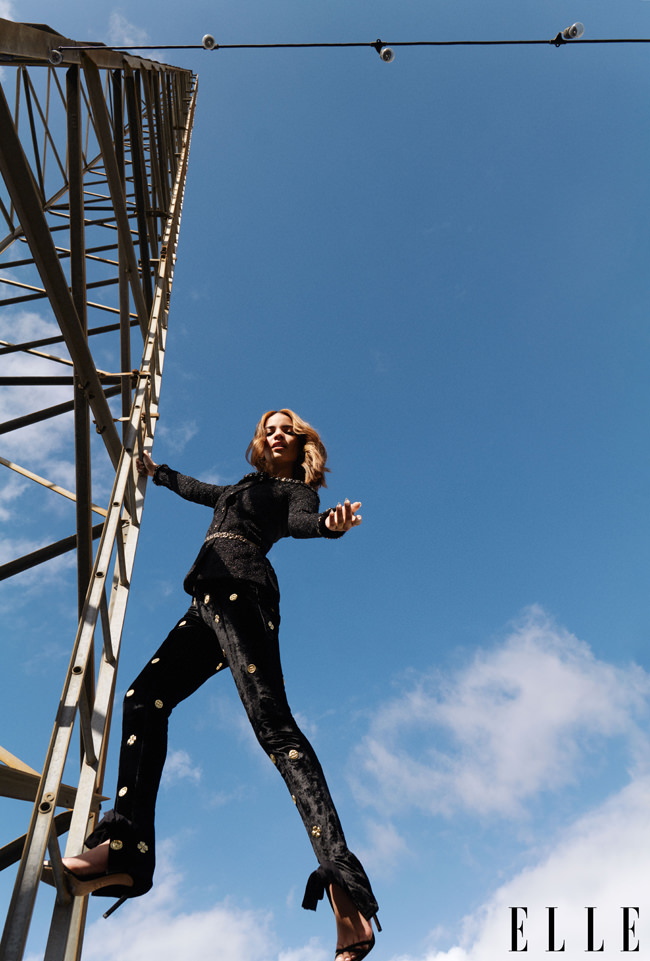
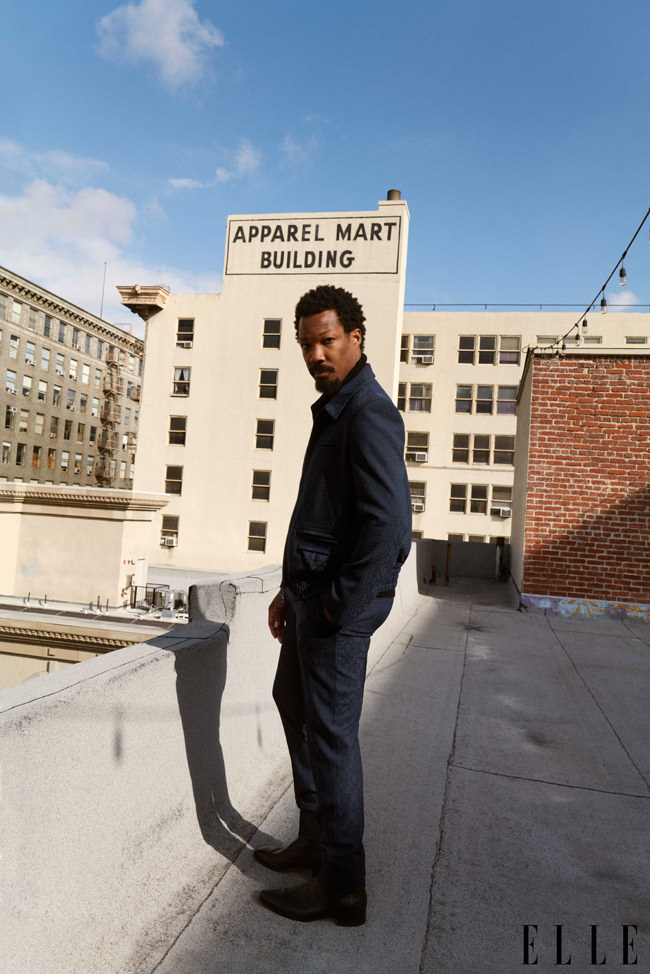


Lin-Manuel Miranda on creating In the Heights out of necessity: “I started writing [the] show because I desperately wanted a life in musical theater, and I didn’t see that many opportunities for me or for Latinx performers,” says Miranda, who is now a producer on the film. “We had West Side Story, which was back in the ’50s, and not that much new since then on the stage. The show came out of an impulse to create more opportunities for Latinx performers. The thing we tried really hard to do was cast with the understanding that the Latinx community is not a monolith. We come in all shades,” Miranda says. “We are Afro-Latinos, and lighter-skinned Latinos, and Latin Americans, and Central Americans. So the diversity within the film company really represents the many flavors that our community comes in. We’re very proud of that.”
Home—where it is, the impact it has on who we become, and who we choose to become—is a theme that fills every crevice of the film. For its director, Jon M. Chu, those ideals felt familiar: “I hadn’t really seen a Broadway show like that, that spoke to my immigrant family or my community,” he says of first seeing In the Heights. “Like my mom and all her sisters, they took care of us, all us kids. I’m the youngest of five and my dad has a Chinese restaurant, so everybody who works there took care of us. That pressure, but also the love, and questions of, ‘What’s my path moving forward? What do I carry forward?’ All those [ideas] are very complicated,” Chu says. “I’d never seen it laid out like the show did.”
For Chu, it was critical that the focus be on the places central to the characters’ formative experiences. “I didn’t want to take the audience away from these buildings when [characters] sang about their dreams. I wanted to make it feel how it feels when you’re a kid from an immigrant family dreaming and you only have the resources that you’ve seen. I wanted to invade their spaces, so you know that the walls of these buildings aren’t big enough for their dreams. In this, especially in Washington Heights, when [Usnavi] says, ‘The streets were made of music,’ they truly are. I understood that whenever they went into song or dance, or even just the score, that it wasn’t just a movie tool. This is how they saw and expressed their lives, and I really needed to plug into [that],” Chu says.
On making sure that specific elements of Latinx culture were represented throughout the film and Miranda on how the films honors their ancestors: “Jon was always asking us questions,” Ramos says. “‘How would you say that? How would you do this?’ And we’d be like, ‘Jon, you got to get shots of the food, that’s huge! The guava and the queso on the cracker, and the aguacate.’ Everything’s got to be as authentic as possible. The little details matter just as much as the big ones.” Miranda, who cameos as Piragüero, a neighborhood mainstay selling shaved ice and cursing his rival, the Mister Softee truck, made his role extra sentimental. “I knew if I was playing [Piragüero], I was going to play him as a love letter to my grandfather,” he says. “I’m wearing his spectacles around my neck. I have his cowboy novels tucked into my pocket. I think every actor involved saw this as a way of honoring our ancestors and the people who came before us—our fathers and mothers, our grandfathers and grandmothers—who came here to provide a better life for us.”
Much of the cast had been keeping tabs on the film’s progress to becoming reality. “I had been looking for it for 10 years, since I was in college,” Melissa Barrera says. “I would go and audition on every open call I could get my hands on. It’s crazy because I’ve always believed in manifesting things, putting it out there in the universe, believing they can come true. After 10 years, I thought, ‘Maybe that’s just not going to happen—maybe I’m too old for [it now].’ Then it came around, and it’s the most full-circle thing that’s ever happened to me.” For Anthony Ramos, the connection is even deeper. “Whether people believe in faith or not, I feel like this was ordained, like God-divine. This group of people, there was a greater power at hand, handpicked to be in this movie.” At 19, Ramos performed in a regional production of In the Heights in Salt Lake City, an opportunity that earned him his theater union card, and the ability to audition for shows open only to union members. “And boom—that’s how I got Hamilton four auditions later from the In the Heights job,” he says. Even Jimmy Smits, a New York City native and a veteran of stage, television, and film, says, “It had been on my radar since it was in its infancy,” having attended an early reading of the show, the off-Broadway production, and “the Broadway play, like, nine times” while working nearby. “When I got to see it and meet Lin and Quiara, I was like, ‘You kids are the real deal. You have the love of the tradition of Broadway, and a beautiful message that’s universal in terms of what home is all about.’ Then you have this kicker of hip-hop and the pulse of the city that resonated so beautifully.” Smits plays Kevin, whose small business is feeling the squeeze of gentrification as the bills for Stanford begin to pile up. The sticky conversations between Kevin and Nina surrounding education and sacrifice will be familiar ones for any child of immigrants. “Those lines that Jimmy does could be so harsh,” Chu says. “Yet he does it with such care that it makes those conversations with his daughter complicated. Conversations that I’ve had with my parents.”
When In the Heights premiered on Broadway in 2008, it became a guiding light for a generation of performers trying to find their way. “I must have watched it at least 15 times,” says Melissa Barrera of the four-time Tony-winning musical. “When I saw that show, I was like, ‘This is where I fit in on Broadway. These are people who look like me, who sound like me, who have names that sound like mine.’ ” The Mexican actress now costars in the show’s long-awaited feature film adaptation as Vanessa, an aspiring fashion designer yearning for a life outside of Washington Heights, the upper Manhattan neighborhood at the film’s center.
Although Latin Grammy–nominated singer-songwriter Leslie Grace hadn’t seen the stage show, she related deeply to her character, Nina, the pride of Washington Heights and the first in her family to go to college. After a disastrous first year at Stanford, riddled with overt racism and microaggressions, Nina comes home for the summer questioning her path and afraid of letting her family down. “I was just at that moment in my life, like Nina was,” says the New York City native of her acting debut. “That crossroads where you’re figuring out, ‘Is this who I am?’ I’ve always felt like I’m straddling the fence of being Latina, being American, and being Afro-Latina, too. And I looked at this film before I left home like, ‘This is going to be my Stanford.’ ”
Corey Hawkins, who plays Benny, the dispatcher for a local car service run by Nina’s father (played by Jimmy Smits), first saw In the Heights while studying drama at Juilliard and immediately felt at home. “I saw people who I knew growing up. I saw myself onstage in Benny, and I saw this beautiful tapestry of human experience that I gravitated toward,” he says. Nina’s journey was also a familiar one for Hawkins. “I know what it’s like being one of the very few people of color in a school. I went 3,000 miles away from home to school on the West Coast for a year and came up against that, too. ‘Am I enough? Can I bring all of me? Do I have to dim my light to feel like I’m accepted? Do I have to bow my head as I inhabit space?’ ” he asked himself. “This film gives people permission to be themselves and to chase after whatever they want and to achieve it. It’s also hella fun, too. It just feels good. Especially with everything we’ve gone through this year, this film feels right on time. It feels right in the pocket.”
[Photo Credit: Greg Williams for ELLE Magazine]
Marsai Martin Promotes “PAW Patrol” in Carolina Herrera Next Post:
International Fashion Spotlight: Colombian Label Kika Vargas
Please review our Community Guidelines before posting a comment. Thank you!


